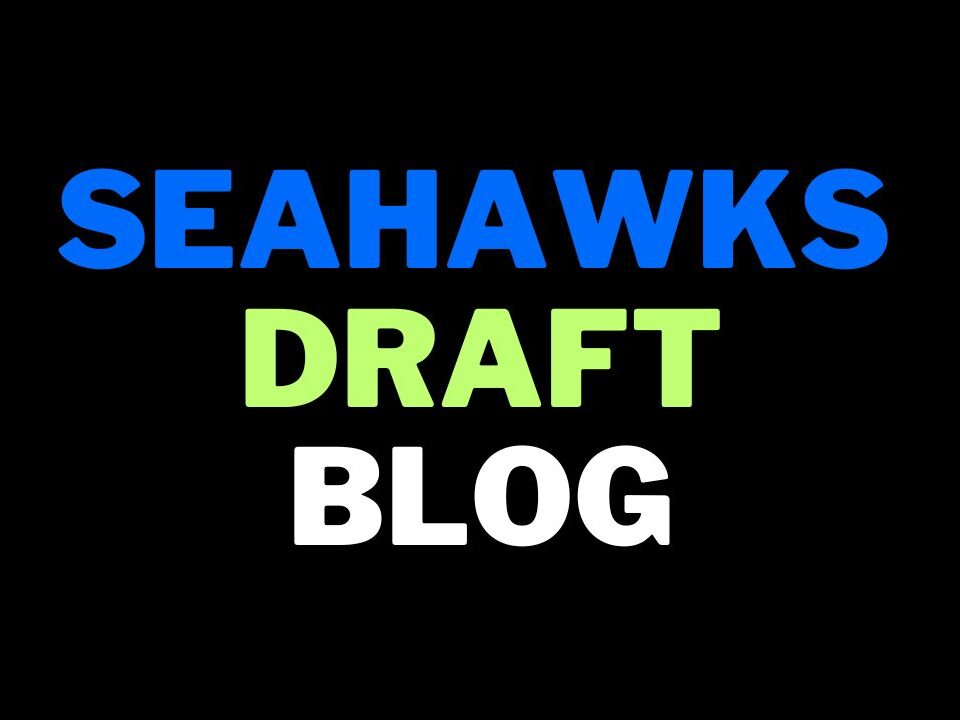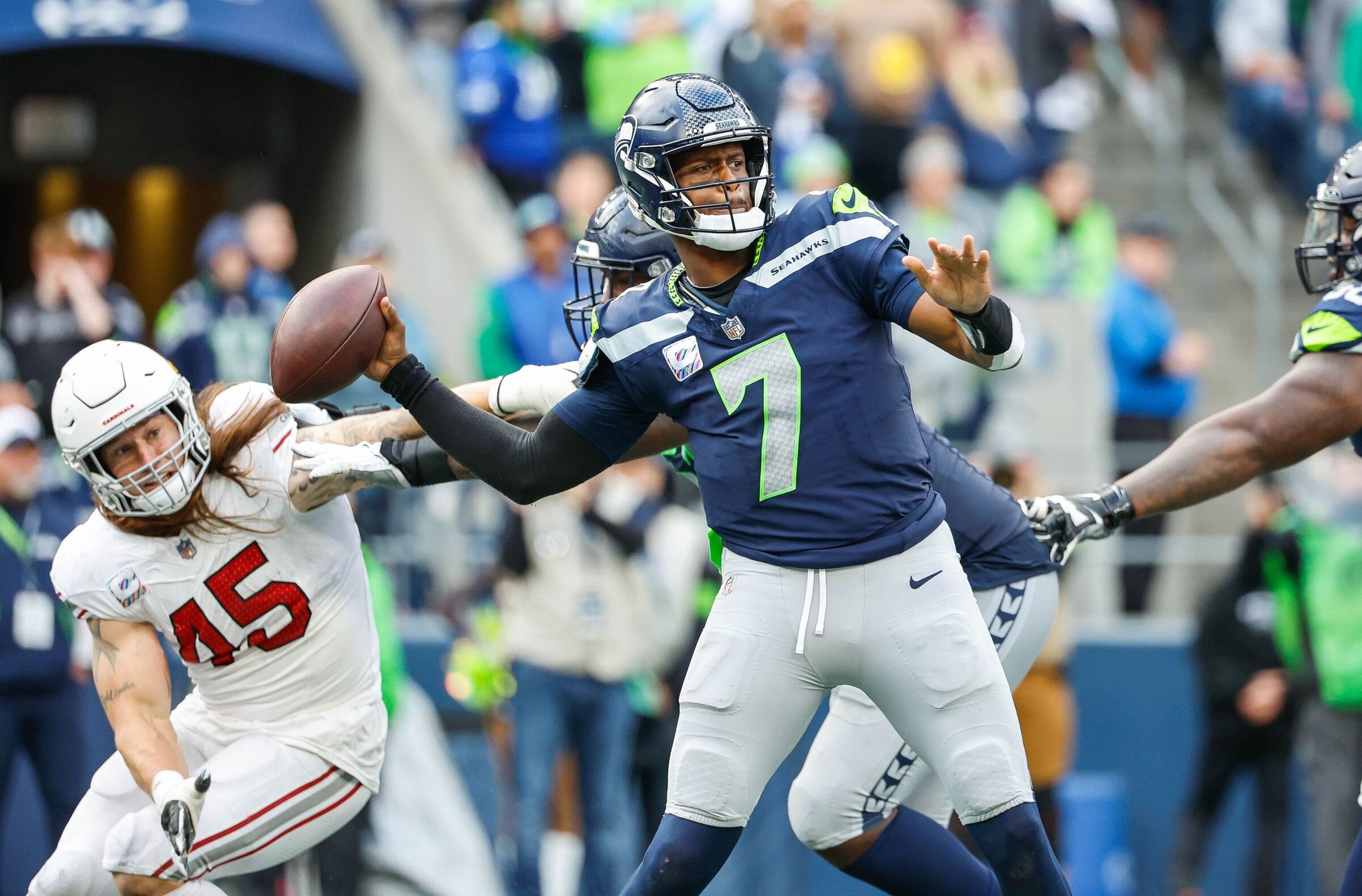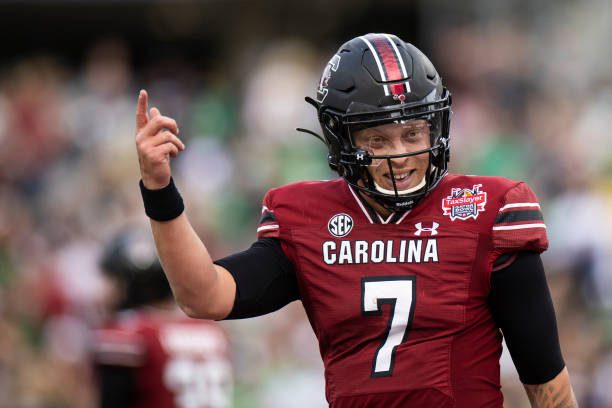This is a guest article by Curtis Allen…
On Sunday the Seahawks have one last game before the brutal five-game gauntlet laid out by the schedule-makers that will determine whether this team is a pretender or a contender.
I would surmise that the Rams are a perfect tune-up for it.
Just like the first game of the year, the Rams come into this one pretty banged up — with low expectations — and the Seahawks have a clear advantage in talent. The Rams are also on a three-game losing skid as part of a 1-5 run in the last six games that has tarnished the shine of an intriguing start to the season.
While we are all pre-disposed to never ever take a Rams team lightly, that should work in Seattle’s favor as a sparring partner for the heavyweights to come.
The Seahawks are a vastly different team than the one that played in Week One. Key players for this game who were not available for that one include: Jamal Adams, Devin Witherspoon, Leonard Williams and Jason Peters. Add to that the growth of young players like Jaxon Smith-Njigba, Boye Mafe (a very adequate fill-in for Uchenna Nwosu), Zach Charbonnet and the Rams cannot plan on playing the same team they faced in Week One.
On the flipside, the Rams have Matt Stafford returning from a thumb injury, Cooper Kupp is back and they have lost starting running back to Kyren Williams to injury.
The Seahawks are 4-6 against the Rams in their last ten games. That includes a high of beating them last year to secure a playoff spot, and a low of being bounced out of the playoffs in the opening round after finishing the season 12-4.
We have seen it all in this matchup.
How can the Seahawks walk away with a win Sunday and get some momentum built up for the stretch run?
Start Early
I have said this so many times about the Seahawks-Rams matchup I feel like I am on auto-pilot: The Seahawks must avoid a ‘let’s feel them out and see what they’re doing’ mentality early in the game. They have to get ahead of the game and come out charging and let the Rams try to adjust to them for a change.
Let me give you three Matt Stafford stats that back this up:
— First Down is his Worst Down. This year his completion percentage on first down throws is a miserable 57%. He has thrown for only one touchdown, had four interceptions and been sacked six times on first down for a dismal 70 QB rating. The Rams are nearly 50-50 run/pass on first downs.
— He is not good in the First Quarter. A 61.9% completion rate, only one touchdown throw, one interception and two sacks while he’s still getting his feet under him.
— About 58% of Stafford’s passes are thrown when the Rams are behind in the score. How does he do? Awful. A 57.7% completion rate, 12 of his 19 sacks, three of his seven interceptions are a pretty good story of why the Rams have been stuck in the mud the last few games. When he is ahead, he is far more effective. Coach McVay can settle into the game plan that he wants to play and giving someone like him comfort is just asking for trouble.
The Seahawks offense was one of the best in the NFL at early-game scoring going into the Baltimore game, ranking third in first-quarter scoring. In the last two games they have scored a grand total of three points in the opening quarter. Now let’s be right, they lost in Baltimore and they beat Washington, so it was not a smoking gun that led to a loss both games. However, a return to their effective starts would do a great deal in putting the Rams on their heels a bit and shaking up the status quo.
How can they get the offense on track early?
Run the ball
The Packers modelled a game plan the Seahawks should strongly consider in their 20-3 win over the Rams in Week Nine. The Rams started Brett Rypien at quarterback and couldn’t get on track offensively.
What did the Packers do on offense? They ran 38 times and passed 26 times.
They deployed a three-headed monster of Aaron Jones, A.J.Dillon and Emmanuel Wilson and didn’t ask Jordan Love to carry the offense. They got 185 yards on the ground, Love was a nicely efficient 20 for 26 for 228 yards and a sparkling 115 QB rating. They won the time of possession game by nearly 11 minutes and were never seriously challenged.
33 of those 38 carries were provided by the running backs, a number the Seahawks have yet to reach this season, despite the fact that they have a dynamic running back room that now includes Kenny McIntosh.
The Seahawks are running a 40/60 run/pass split so far this season and Geno Smith is nowhere near his 2022 pace in terms of production. A 20 for 26 passing game and a 115 QB rating off the back of a big rushing day would be a blessing for all parties involved.
One way to help this along: Oddly enough, the Tight End trio had some of their lowest snap counts of the year in Week One. Nobody recorded 50% of the offensive snaps and they were a bit of an afterthought as the Seahawks could not get the offense working in the second half of the game.
A return to 12-Personnel sets would give this team some muscle in the run game and give the quarterback some very attractive options in the short to mid-range passing game.
Defend the pass better
When we look back at that Week One game, the horrible offensive performance is what seems to have been stamped in our minds. But the defense was a confused, uncoordinated mess too.
The Seahawks managed zero sacks and only three pressures the whole game for a 7.7% pressure rate on Stafford. That’s about as calm a day any NFL quarterback could ask for.
The Seahawks kept switching their defense up, hoping something would stop the offense. This caused communication issues, misalignments and the Rams took advantage nearly every single time.
Whenever they rushed only four and dropped seven, they simply ran the ball on that light front or Stafford still found open receivers and picked them apart on in-breaking routes again and again. Puka Nacua burst onto the scene with 10 catches for 119 yards in his first NFL game in an impressive performance.
Now to be fair, the Seahawks have since tightened up and been more solidified as a unit — particularly on the in-breaking routes.
But a new (and yet old) defensive problem has emerged for Sean McVay to scheme to attack this defense: the Running Back pass.
It is an old weakness that had not really gone away but has just recently been exploited by opponents in 2023. It reared its ugly head Sunday against the Commanders. The running backs Brian Robinson and Antonio Gibson combined for 11 catches for 161 yards and two touchdowns. Several plays were ugly coverage breakdowns by the Seahawks and the Commanders exploited them to great effect.
Now the Seahawks currently stand – once again – as one of the worst teams in the NFL in defending running backs in the passing game.
That throws into sharp relief a paradox that has been growing and growing the last few weeks: If Riq Woolen (78 QB Rat/51% comp rate Allowed), Tre Brown (75/65%) and Devon Witherspoon (80/55%) have been so stunningly effective so far this season, why are the Seahawks in the bottom half of the NFL in pass defense?
Two problems were revealed Sunday by the Commanders: On both of their big running back catch plays, they found Boye Mafe (51 yards) and Dre Jones (48 yards) in coverage on their backs and exploited that for 99 yards.
Call it luck, call it scheming genius, call it whatever you want. There is absolutely zero chance that those plays escaped Sean McVay’s attention.
They simply cannot happen Sunday and yet the likelihood given this defense’s history against the Rams seems high that they will. How can the Seahawks mitigate the damage? That brings us to the other piece of the puzzle.
Yards after catch
Both of those explosive plays were obviously fuelled by the yards after the catch. Yet it isn’t simply a problem of singular big plays. It is a challenge the very middle of the defense is experiencing on a regular basis.
Julian Love (109 QBR/75% comp rate), Bobby Wagner (105/74%) and Jordyn Brooks (94/82%) comprise a little over a third of the defensive targets in the passing game this year for the Seahawks. Those numbers – particularly for the linebackers – look ugly — and they are. Yet often times they are guarding the dump-offs, where a completion is simple and so QB Rating and Completion % are rightly pretty high. So, keep that in mind.
However – and this is a big however – the yards after catch allowed are a problem for this trio. They have allowed 468 yards after the catch, accounting for 20% of the defense’s passing yardage conceded. The two linebackers have conceded 331 of those yards after catch.
How does the team solve this?
More consistent pressure on the quarterback is a great start. That can slow down every process and make things harder.
The other way to solve it is so simple it almost is ridiculous to mention.
Tackle guys. Get them to the ground. Tackling has again been a problem for the Seahawks this year. They have 60 missed tackles as a team per Pro Football Reference and the Love/Wagner/Brooks trio has 16 of those.
We have seen runners and receivers pinballing off of defenders who are not in good form to tackle. That is unacceptable. The Seahawks simply must not allow receivers the chance to make more football moves after receiving the ball.
The Rams do not have a deep running back group and this is Matt Stafford’s first game back after a thumb injury. They will likely try all kinds of short passes and clever edge runs of wide receivers to get the offense in gear and ease Stafford back into the game.
This is not some deep mystery. They have done it – and done it well – against Seattle for years.
If the Seahawks want to control this game flow, they must tackle well, cover tightly and be schemed to close these weaknesses and give the offense the ball back.





